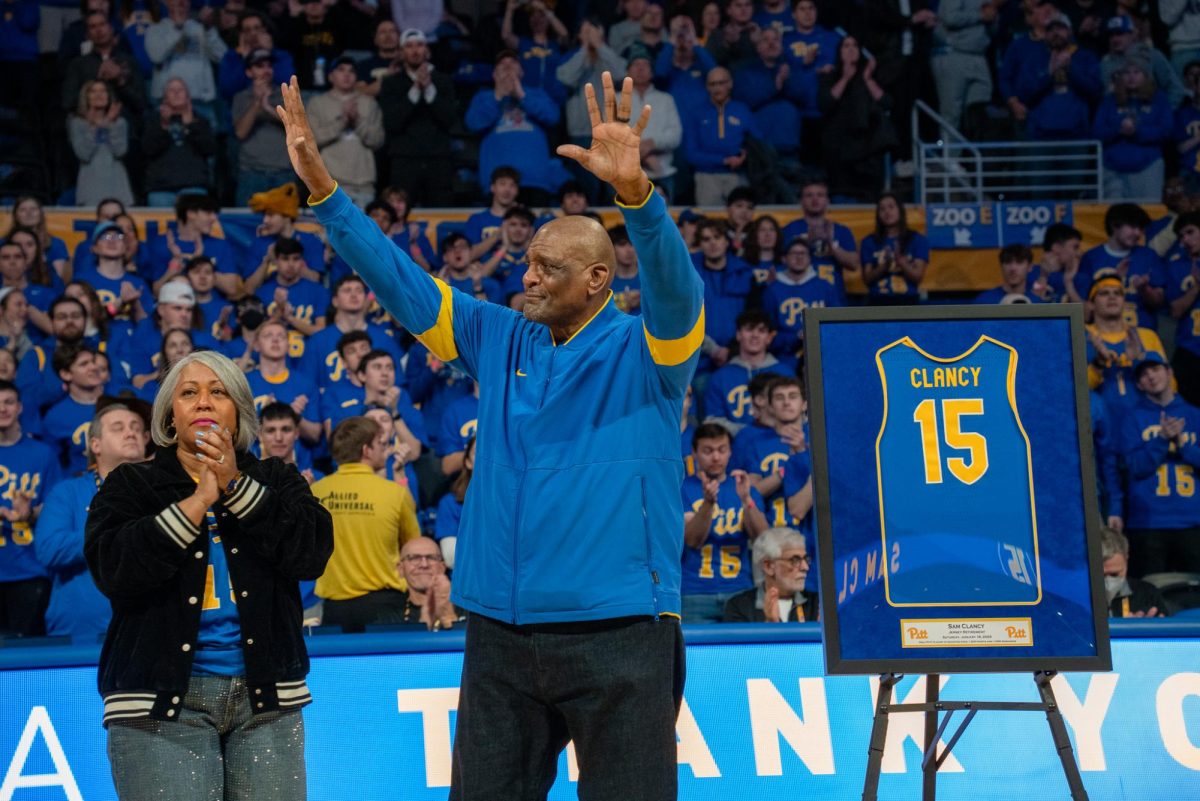Marijuana punishments inconsistent across professional sports
April 19, 2015
Professional athletes smoke pot. We know this. It’s not a big secret, nor should it be.
But even as state after state legalizes marijuana, major league sports officials continue to classify the drug in the same category as cocaine, Ecstasy and other legitimately dangerous substances.
To understand why professional leagues refuse to budge on drug policy, let’s examine where the MLB, NBA, NFL and NHL individually stand on marijuana.
Per Major League Baseball’s official drug policy, any player who tests positive for a “stimulant” — the league’s classification for any Schedule I or Schedule II substance — is subject to follow-up testing. A second positive test could subject the player to a 25-game suspension. A third positive test warrants an 80-game suspension, while a fourth (and any subsequent) positive test is left to the discretion of the commissioner, who could enact a ban from the league.
Professional basketball is a bit more lax. The NBA’s drug policy for marijuana is, first and foremost, specific to marijuana, and it puts first-time offenders in a program that treats and cares for their “abuse.”
A second positive test will result in a $25,000 fine from the league, but still no suspension. That suspension comes at the third test, which earns the smoker (or eater — Sacramento Kings center DeMarcus Cousins looks like he could put away his share of special brownies) a five-game suspension. Each positive test from then on results in a suspension five games longer than the previous one.
The NFL has recently modernized its policies. Fortunately for Browns wideout Josh Gordon, there was a grandfathering effect to limit his full-year suspension in 2014 to only 10 games. The National Football League, similarly to the NBA, now enters first-time offenders in a rehabilitation program. A second positive test earns the player a two-game fine, followed by a four-game fine for getting caught a third time. The fourth positive test for marijuana results in a suspension (four games, followed by 10 games for a fifth positive test).
The four-game suspension is in line with the league’s other punishments, such as a four-game ban for performance-enhancing drugs and a six-game suspension for abuse.
Fitting with the stereotype that all Canadians are grass-fed hippies, the NHL does not include marijuana on its list of banned substances. Pot is a-OK for hockey players, as long as the cops don’t catch you.
So what conclusions can we draw from these penalties? For starters, don’t mess with the MLB. They’ll revoke your fun privileges instantly; 25 games is no joke, nor is 80 for a third test. Compare that to the NFL, where a player doesn’t get suspended until his fourth positive test. This is an extreme downgrade from the NFL’s former policy, which was notoriously — perhaps overly — harsh. Ask Gordon.
Second, if you sense from a young age that you’ll be a pothead down the road, take up hockey. You’ll never have to worry about those pesky urine tests keeping you off the ice and away from your paycheck, and you’ll get to hang out all day with a bunch of people who talk funny.
If I’ve accomplished nothing else today, I hope that you at least have a better understanding of why your favorite player got fined and suspended when he did. But, of course, the leagues will likely amend these policies by the time we all figure out what they are.
For homework, go on the Internet machine and find a video of an Evgeni Malkin postgame press conference. Then rewatch it, imagining Malkin high.
I don’t know. Just do it.


